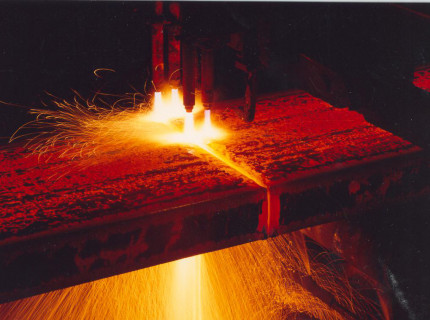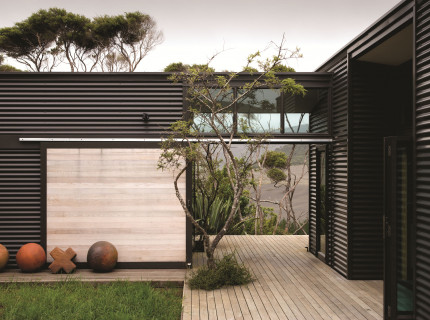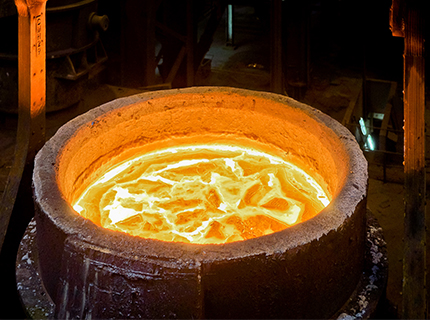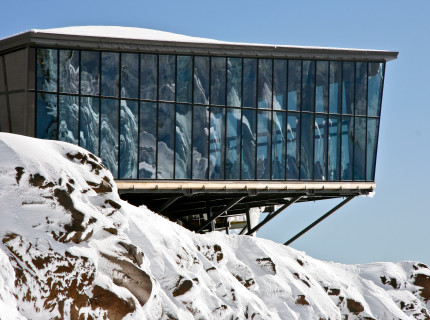The efficiency of all forms of transportation has been a major consideration at every stage of New Zealand Steel's development - from the sourcing of raw materials, and buses for the workforce, to and from work.
Around 1.4 million tones of ironsand concentrate - the equivalent of the iron ore used in other steeling making process, is pumped 18 kilometres to the Glenbrook site each day. Electric powered conveyor belts and an electric underground slurry pipeline are used to transport the ironsand. The cost to install the underground transportation was enormous and a far costlier option than trucking. Trucking was rejected as an option because of its high energy requirements, and human and environmental impact. A laden truck would have to travel between the Waikato North Head mine site to and from the Glenbrook site at 3 minute intervals 24/7 to transport the required ironsand.
Coal is the other major ingredient for steeling making, and is stockpiled close to the smelter area to minimise handling.
New Zealand Steel is an integrated site where raw steel and finished products, including painted products, are all made. This is unusual in the global steel industry but by its very nature eliminates extensive transportation between each steel making process.
New Zealand Steel also operates buses for commuting staff to reduce single driver private transportation.



